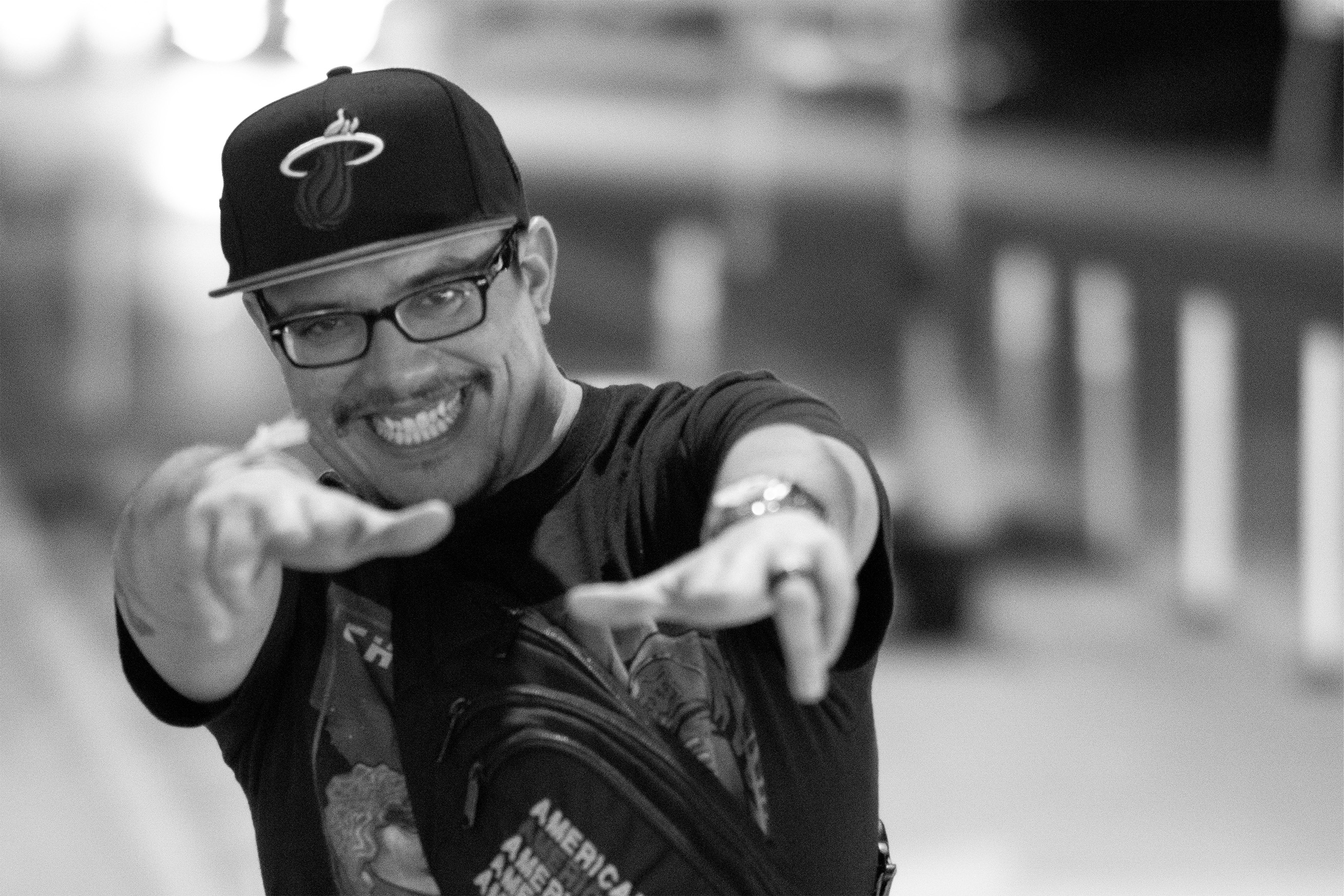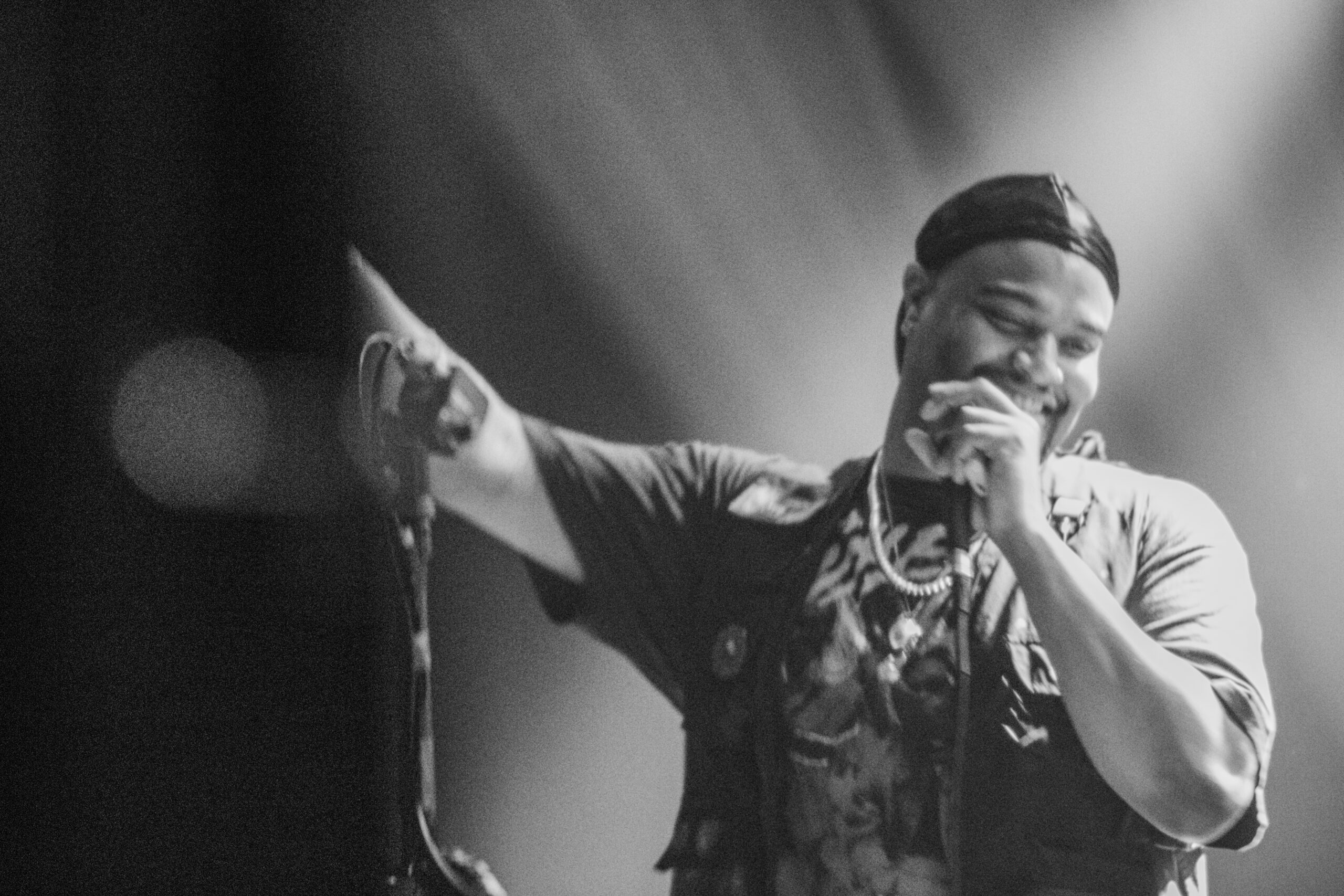Grime 101
By Sergio Mendes
Although it started out as a simple genre created by the underground sounds of the United Kingdom, Grime music & culture has now grown to be something that is globally recognized. DJ Target said it best in his book ‘Grime Kids’ when he stated, “Not without its fair amount of controversy, trials and tribulations, grime has navigated its way from an inner-city form of expression to a global empire, with the ability to mobilize young people with its social consciousness. Its impact on popular culture is undeniable and the music behind it is more successful than ever before.” DJ Target was on the forefront of Grime’s creation as a former member of Roll Deep, and has since grown to work with the likes of BBC Radio & Radio 1xtra.
After its emergence in the early 2000’s, fans of the culture grew to love the sound. It’s different audible elements represented the perfect depiction of urban life. Every country has it’s own form of struggle, so it was fairly easy for a style from the street to transfer all over the world. When MC Jumanji & I were first introduced to the culture over 10 years ago, it was something that we felt was going to eventually capture our focus for the future. It was the voice of the streets. Its similar elements to hip hop was something he and I could not overlook, especially given the state of modern day hip hop and its direction towards autotune and mumble rap. It was about time something changed.
Grime music and culture has come a long way from how it started and will continue to evolve as time passes. To know where it’s going, you must first know how it began. Grime developed from earlier UK electronic styles of music, including U.K. Garage and Jungle, while also being influenced by dancehall, ragga & modern Hip-hop in the early 2000’s. It’s not an offshoot of early electronic music, but rather a sub-genre that draws from a wide variety of influences. Early innovative grime artists, such as Wiley & Dizzee Rascal, were able to take the strong thumping drums of DNB, lyricism and vocal styles of UK Garage and alter some of the rhythms of Dancehall to capture all 3 genres’ essences and add a new half-time, down-tempo dimension to the mix. Not only that, many crews of grime artists started popping up like Roll Deep, Newham Generals and BoyBetterKnow, who were once influenced by old school UK garage crews like Pay As U Go, So Solid Crew & Heartless Crew. They were able to push their sound early on, utilizing old pirate radio stations like Rinse FM & Kool FM, which existed solely to showcase the talents of underground music like Grime, Garage & Dubstep. Stations began receiving ASBOs (anti-social behavior order), which banned the continuation of pirate radio stations, but that is a whole different conversation.
These crews and their artists, given how new the genre was, found it difficult to find a platform to push their content after pirate radio, even with its popularity and commercial success. In response to this, BoyBetterKnow’s Jammer created “Lord of The Mics” in 2004, which portrayed underground artists participating in rap battles from his basement, interviews and music releases. This helped expose talented artists from London’s underground like Skepta, P Money & Ghetto N.K.A Ghetts. There, they tested their lyricism and skill in the mic. These clashes brought to light “beef” among crews, which helped capture the interests of eager fans. Along with Jammer, another pioneer made their name by capturing clashes, freestyles and cyphers: a man named Rooney Keefe, aka Risky Roadz, who Smithsonian Magazine calls “one of Grime’s early documentarians.” His work in showcasing grime’s underground talents helped propel artists to fame in the years after the genre’s creation. Since then, Grime has experienced exposure from television stations and radio shows like Logan Sama’s show on Kiss FM and Sir Spyro’s grime show, which started on Rinse FM and is now on BBC 1xtra.
Grime continues to grow and it’s influence has spread across the world. Names like Pakin, who lead the Grime scene in Japan, and Tre Mission, who is the leading Grime artist from Canada, prove that the struggles from the streets can be relatable, no matter where you reside. Influencers like Chris Holness do a great job in showing how far Grime culture has reached with his crew and music release spotlights from grime artists around the world under his International Grime brand. Music is a universal language that pioneers in Grime have been able to structure into pushing these sounds from the underground streets of London to the national stage. It helps demonstrate that anyone, even with the hardships of life, can do the same.
We were blessed to travel to England several times, having met with legends like Jammer in his basement, or being pulled up on stage by Frisco to perform for his sold out birthday party at The Den. We were honored to push our AmericanGrime sound through artists with radio shows like RudeKid on Kiss FM, Marcus Nasty on Rinse FM, J Beatz on Mode FM & Spooky Bizzle on Dejavu FM, to name a few. We look forward to being able to push this culture that has blessed us so much. We wave the Grime Flag here stateside, in hopes that we bring more exposure to this fairly new genre. Grime is the voice of the people. Risky Roadz once told the UK newspaper ‘The Guardian’: “Grime is one of those genres that once it is in you, it will never leave”. We could not agree more.



